THE BERTRANGES' HIDDEN GEMS
Bertranges has its highlights, as well as other attractions that light up the territory and reveal hidden treasures.
We’ve got the map, so follow the guide!
Château d’Arthel
The gardens and park dating back to the 18th century are walled and a square of moats encloses the château to the south. Five terraces follow on one from the other to the north of the château, one of which contains a maze of shaped boxwood. There are four avenues of lime trees dating from 1700-1710, as well as a vegetable garden and the lawns which have been restored in the French style.
The village of Arthel can be discovered through its flowery alleyways lined with ancient houses. Also worth seeing is the Grand-Font spring with its picturesque wash house and its pond, the remnant of a reservoir used for floating wood, which inspires painters but also enchants fishermen who love frying roach.
Note: the 2nd Sunday of August is a day for painters and artists throughout the village (events, drinks and catering).
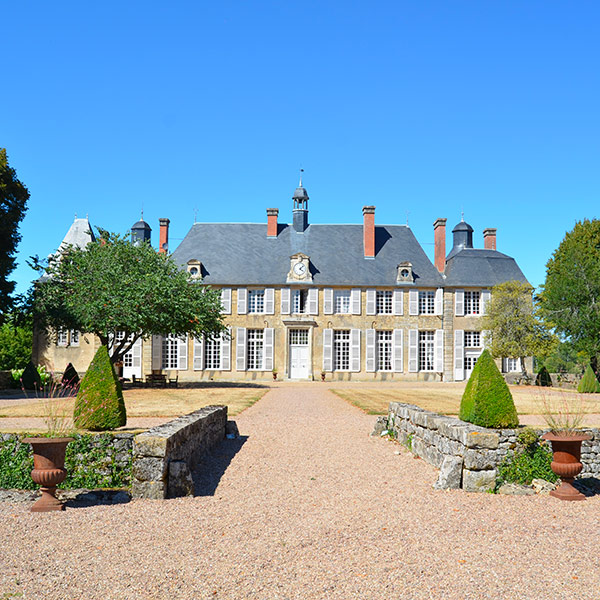
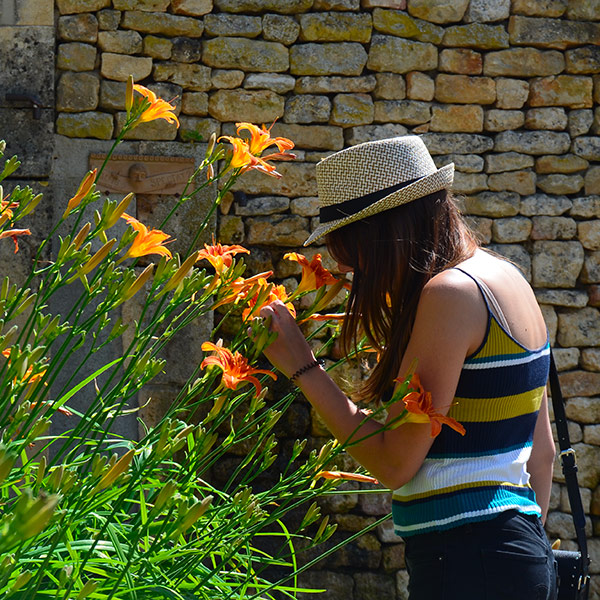
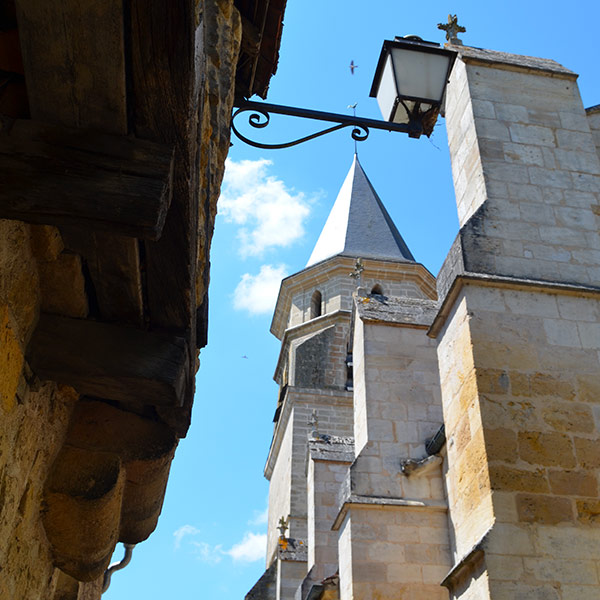
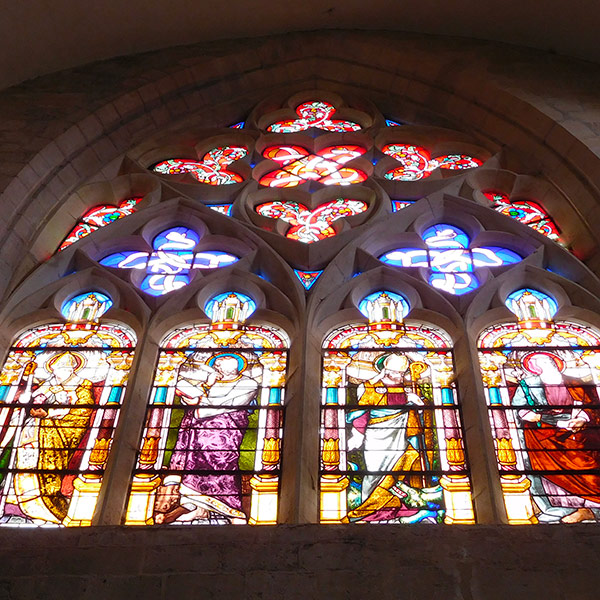
Saint-Marcel Collegiate – Prémery
After the creation of the College of Canons in 1196, it became essential to build a church worthy of the lord of the area, even though Prémery was only the summer residence of the bishops who, moreover, had a private chapel in the château. The construction of the collegiate church probably began in the last years of the 12th century, continued, with a few lesser or longer interruptions, during the 13th century and was completed in the 14th century. Despite the length of the work and the changing style during this long period, the building displays a unity that the bishops managed to impose on the various builders and it’s not surprising to find architectural similarities with the cathedral of Nevers.
Château des Bordes – Urzy
Château des Bordes, in Urzy, is something of a renaissance of a medieval château. Built in 1041 by Jhean des Bordes, it has constantly been born and reborn over the centuries, bending to the vicissitudes of its times and the demands of men. A medieval fortress destroyed by the English during the Hundred Years War, its towers have nevertheless risen again, with its drawbridges and ditches. It has a “renaissance” look with a remarkable Italian-style staircase. Its elaborate gate, guard house, outbuildings, orchard and vegetable gardens, grandiloquent interiors and royal stables (the Queen of Poland was the owner’s sister) are absolutely magnificent. And yet, all this heritage almost fell into oblivion, had its new owners not wanted to restore it to its former glory that makes it such an unmissable place.
Guided tours possible
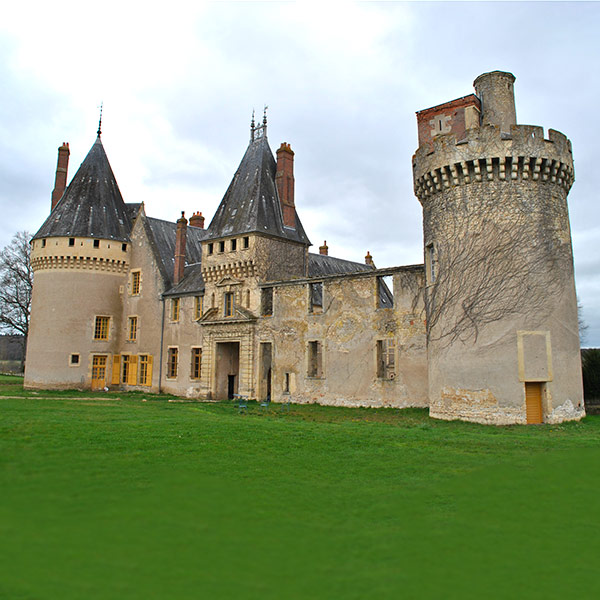
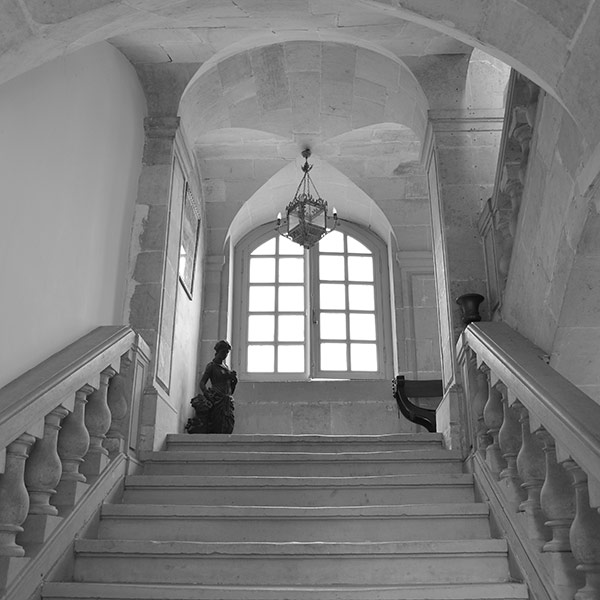
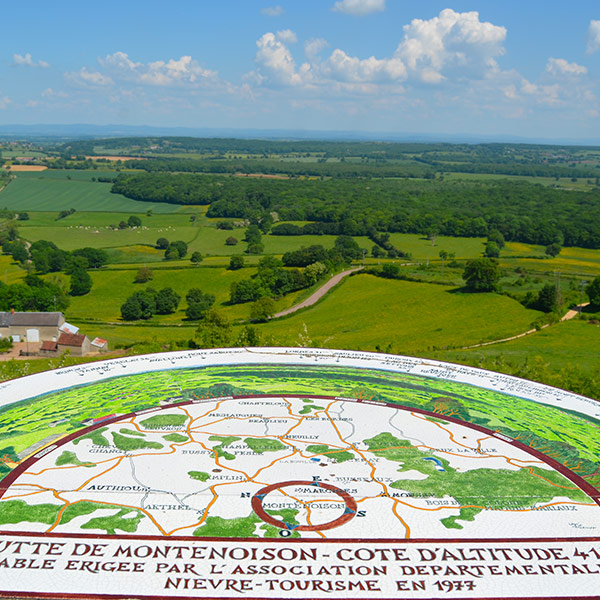
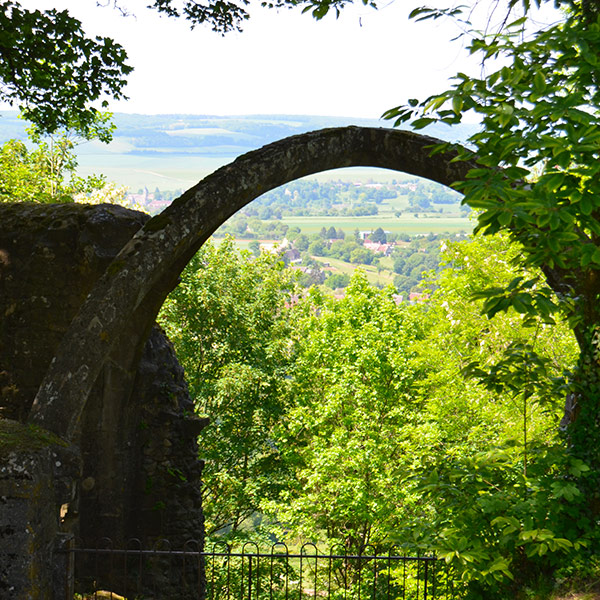
The Butte de Montenoison
This natural promontory, sometimes called the Mountain, was an important stronghold in the 13th century. The fortified château, built by Countess Mahaut, contains within its double enclosure large buildings and the parish church. Only a few remains of the château still exist, as it was already in ruins in the 18th century. An orientation table lets you discover a landscape that stretches from the central Nevers region to the mountains of Morvan. Installed in 1977, it’s the work of Seurat.
Every year, in early April, a hike is organised, starting from Nevers and arriving at the Butte de Montenoison. A 54km route for the bravest with the option for others of alternative starting points along the way or discovery loops from the promontory itself. More information on the ARNI website (Association of Nevers Hikers), which organises the event.
The Butte aux Orchidées – Arbourse
You’re limestone, you’ll go back to limestone … a helping hand from man can sometimes work wonders for Mother Nature without playing the sorcerer’s apprentice. Located on the Eperon du Faye (Arbourse commune), this “orchid mound” is a living example. In 2007, the community of communes acquired a plot left abandoned, which had once been covered with vines. It then decided to restore its natural grassland with plenty of clearing and careful attention. And there it was, a miracle, a small paradise on earth where flora and fauna live in harmony. Take the trails across this hill to awaken all 5 senses before admiring the panorama. Flower lovers can admire wild orchids, Ophrys, which have the distinctive feature of looking like bees or drones. On the trail, talk to the butterflies and other inspiring finds, and maybe a rabbit or fox, a great way to understand the story behind this fabulous place.
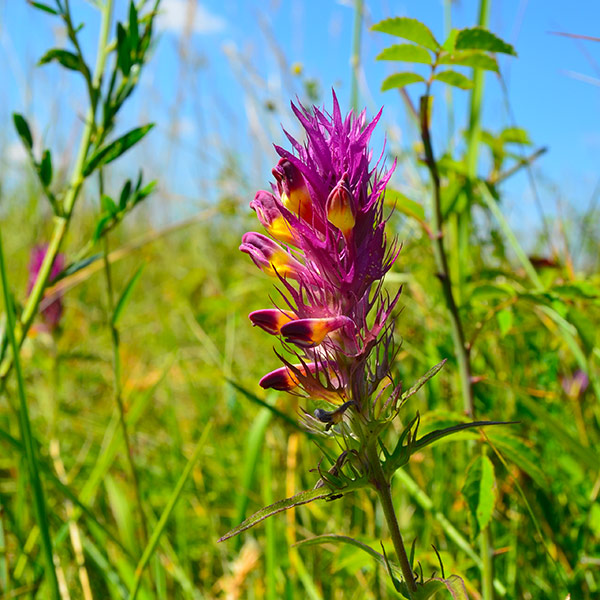
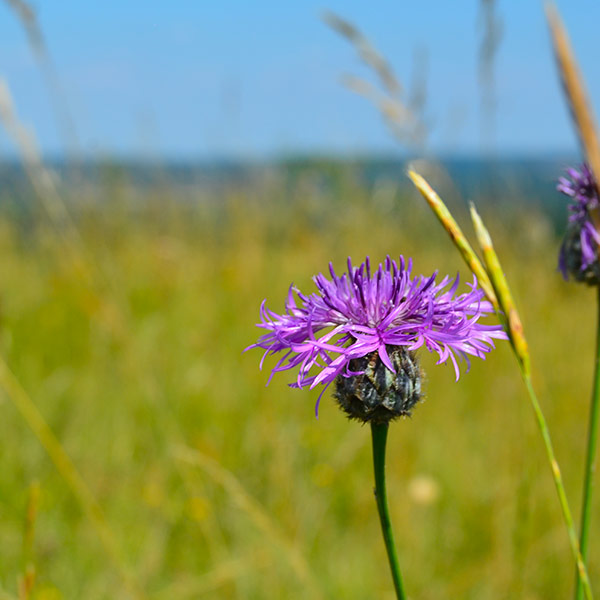
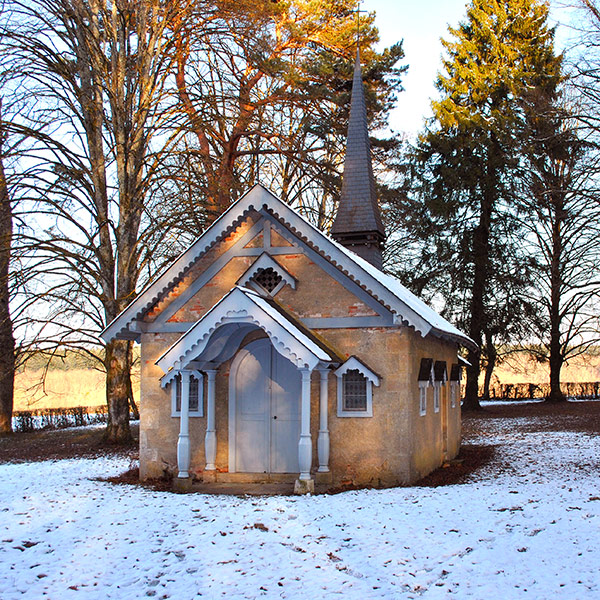
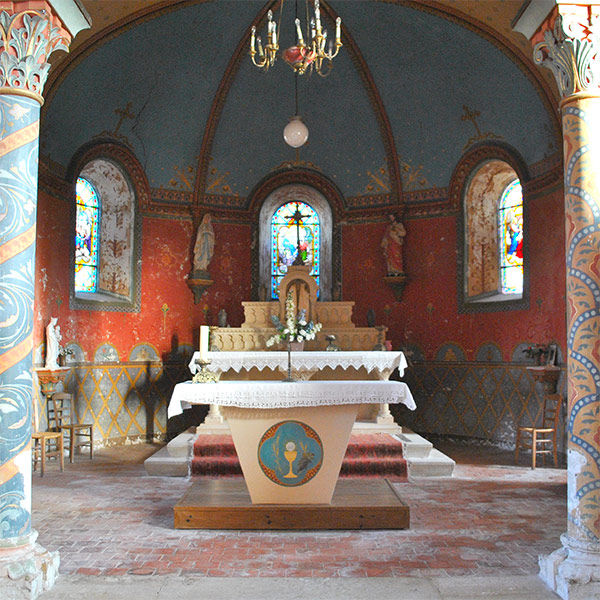
The Chapel of Notre-Dame – Saint-Bonnot
Around 1901, thanks to the generosity of the Count of Balorre, the present chapel replaced a ruined one. The place has long been revered because of a legend that relates to it: a very old statue of the Virgin was removed from this place planted with hornbeams and set up at the bottom of the woods, but the next day it returned of its own accord to its former place. As the phenomenon recurred several times, the reality was obvious: the Virgin had expressed her desire to remain under the hornbeams. A chapel, probably made of wood, was erected there, which then became a place of pilgrimage every 8 September. It should be noted that on the same date, a pilgrimage dedicated to Notre-Dame-du Chêne (Our Lady of the Oak) takes place in Bar-sur-Seine, which witnessed an identical experience.
The little Cluniac of Champvoux
Lost between countryside and forest, the church of Saint-Pierre de Champvoux, built in the 11th century, is a little daughter of Cluny, a dependent of Souvigny. A martyr of religious wars, it resisted for centuries. Today, all that’s left is the transept, choir, three apses and the side walls of the nave, which make up an enclosed space, closed off by a forged metal gate. However, it has lost none of its superb appearance with its very original interior architecture and its small “reluctant” garden.
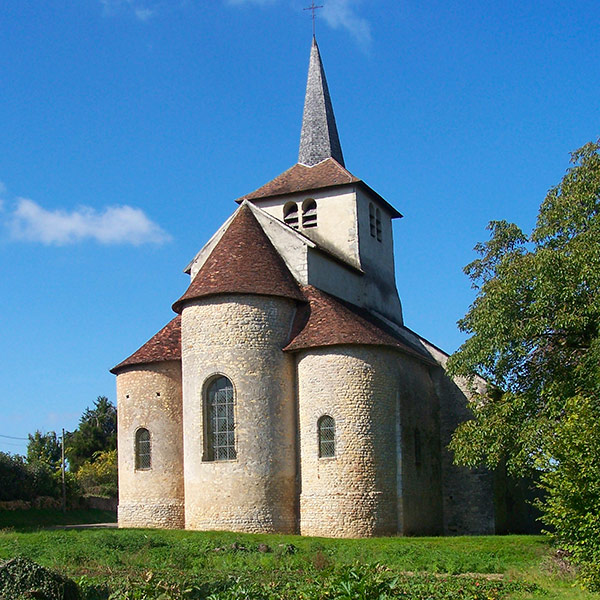
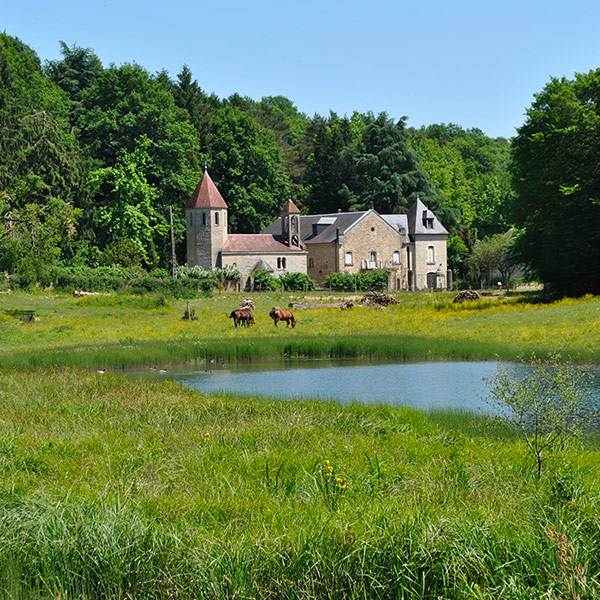
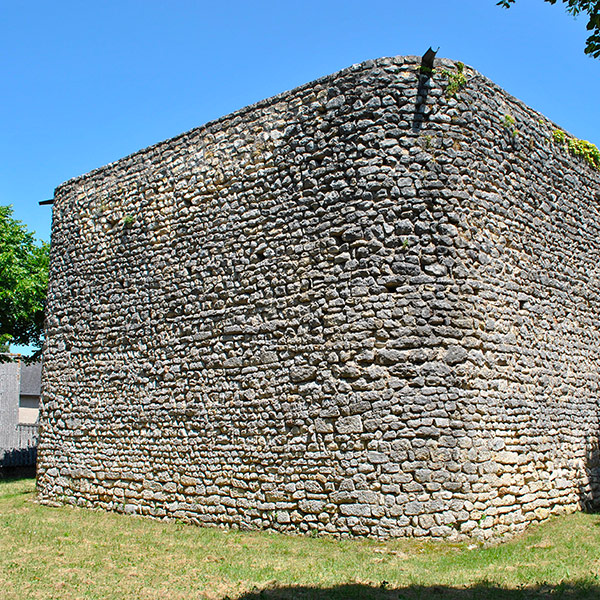
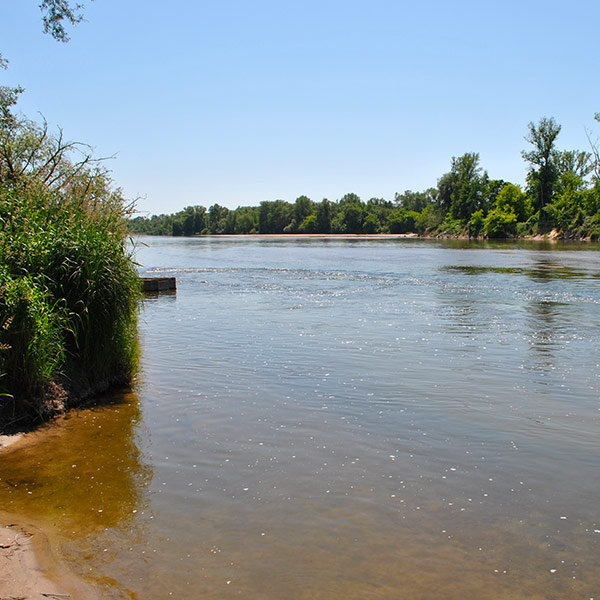
The Dungeon of La Marche
Located in the centre of the village, it now reaches just 7 metres, whereas its original height was 22. It must be noted that the building, of Merovingian origin, even Gallo-Roman, has suffered greatly from the vicissitudes of history, particularly hit hard by the warring rivalries between the bishops of Nevers and lords of La Marche. And feel free to take a trip along the banks of the Loire, which are landscaped next to the church.
Art and nature in Nannay
Nannay is without doubt a really unusual village. Since 2000, it has been growing in prominence thanks to its rural film festival, Les Conviviales, whose notoriety is well known. But eager to go beyond the screen, it’s added an episode to the script by inviting artists in residence to each edition, in order to recreate the scenery in their own way. Contemporary works, short-lived or permanent, exist in perfect harmony with nature. In total, 42 multi-material creations have livened things up behind the scenes, playing around with the imagination of those who pass by. While some have disappeared, there are still 23 to be discovered, thanks in part to hiking trails, developed and marked by the intercommunity. Let yourself be lulled by this natural artistic music, so you can create your own story…
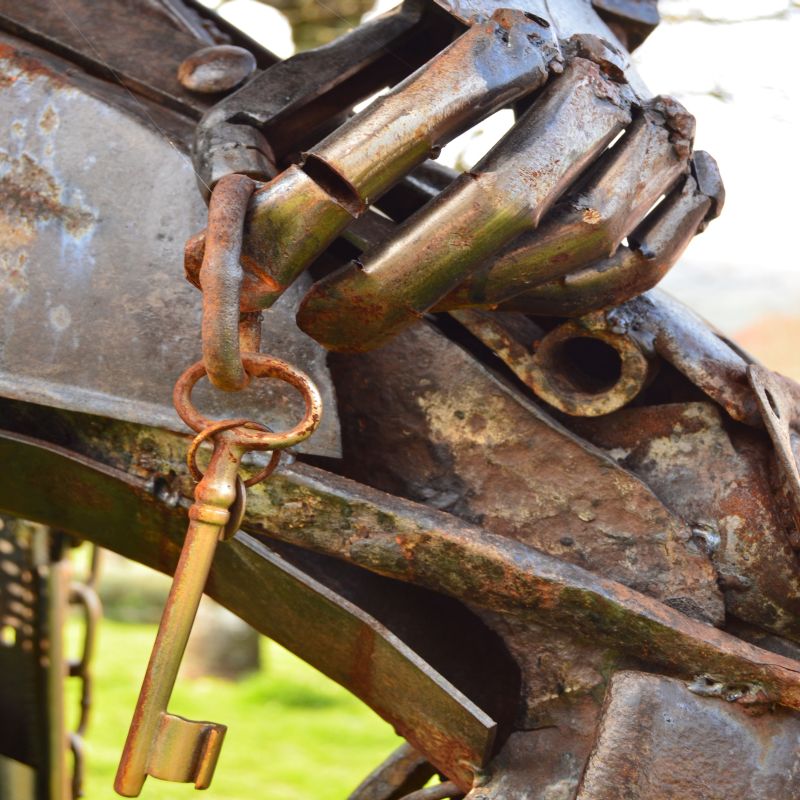
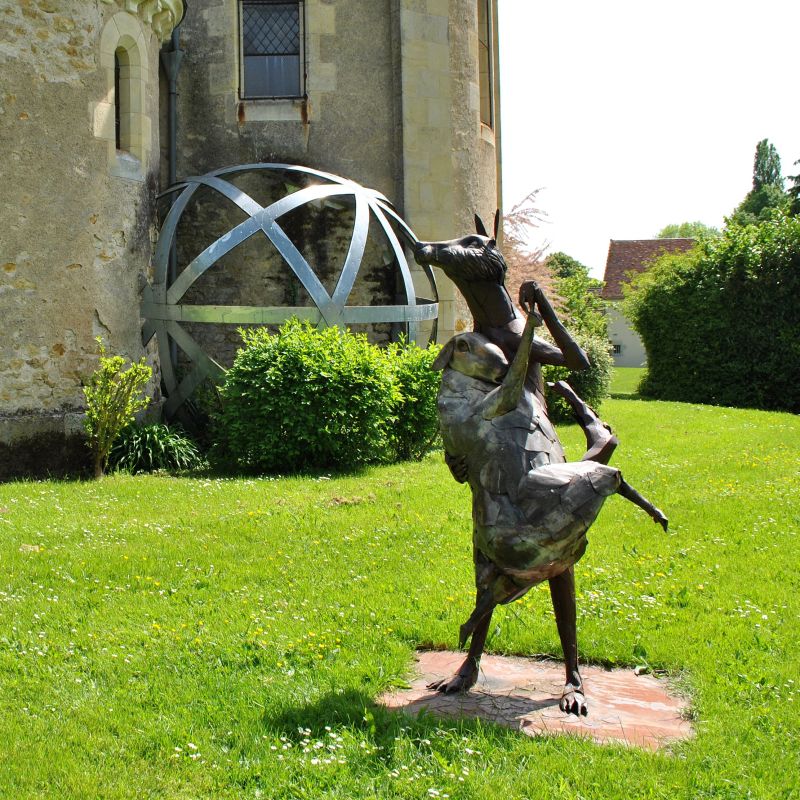
© 2019 Office de tourisme La Charité-sur-Loire, Bertranges, Val de Nièvres
Legal information






